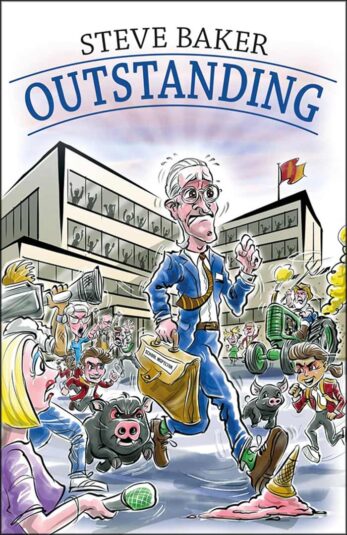I head up a small, multi academy trust focusing on village schools in the Northamptonshire countryside and formed in 2014.
For the most part the sun shines brightly for our schools. However, there were darker clouds this summer, as every single one of our schools was inspected during a period of 14 weeks. As CEO I was involved in every inspection, as was one of our headteachers, and it was one of the most stressful and relentless periods I have experienced in 18 years of teaching.
So the question I hoped to have answered by this book was whether or not it would have made a difference to have read it in advance.
The answer? Most definitely.
While Paul Garvey’s book doesn’t tell you anything revelatory about the process or what to expect, the calm, precise and professional way in which it is written will certainly help senior management teams, governors and staff take control of the inspection process. My recent experiences have led me to agree: taking control of your inspection is the key to the whole process.
The book takes you through the entire Ofsted journey, from how to write an effective self-evaluation form, through the initial phonecall to the analysis of data that Ofsted will expect (or not expect) you to have prepared. Garvey discusses the language schools should use in their SEF, and highlights ways in which these can be used to run school improvement during the entire cycle between inspections.
The process of writing a SEF is broken down separately for primary and secondary schools. Not only does this prove invaluable in preparing for an inspection, but seeing the self-evaluation as cyclical means it becomes a job with purpose and not just one you perform for your Ofsted visit.
One section focuses on the physical inspection from an inspector’s point of view, which for me is the most interesting part of the book. I am surprised – as is the author – that Ofsted has never published this kind of document itself, as it really helps understand the why, when and how of inspections.
The book takes you through the entire Ofsted journey
From the documents to which the lead inspector has access prior to inspection, to which questions you will be asked in the first call, to how the inspection timetable is crafted, the author has given schools a real insight into the pieces of the Ofsted puzzle and how they all fit together.
For most schools the notion of the unknown is the biggest concern and this book helps dispel myths and drops in little nuggets of information to help guide thinking throughout the process. The author continually refers to the “Ofsted framework”, and in my experience, this is another vital aspect of taking control. Knowing that framework inside out means that as senior leaders we can understand decisions made by inspectors and challenge where necessary. Taking Control highlights the areas that schools should be aware of.
It doesn’t matter which Ofsted category you are in, or whether you are primary or secondary, as the book is differentiated accordingly. Until recently, Garvey was an Ofsted inspector and it is for this insider knowledge that I believe this book is an essential read for all schools awaiting the call.
If taking control is the key to a successful inspection, reading Garvey’s book will help school leaders understand exactly how to do it.













Your thoughts